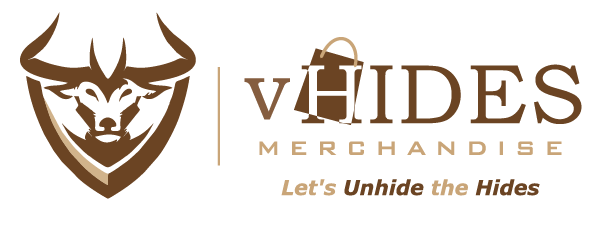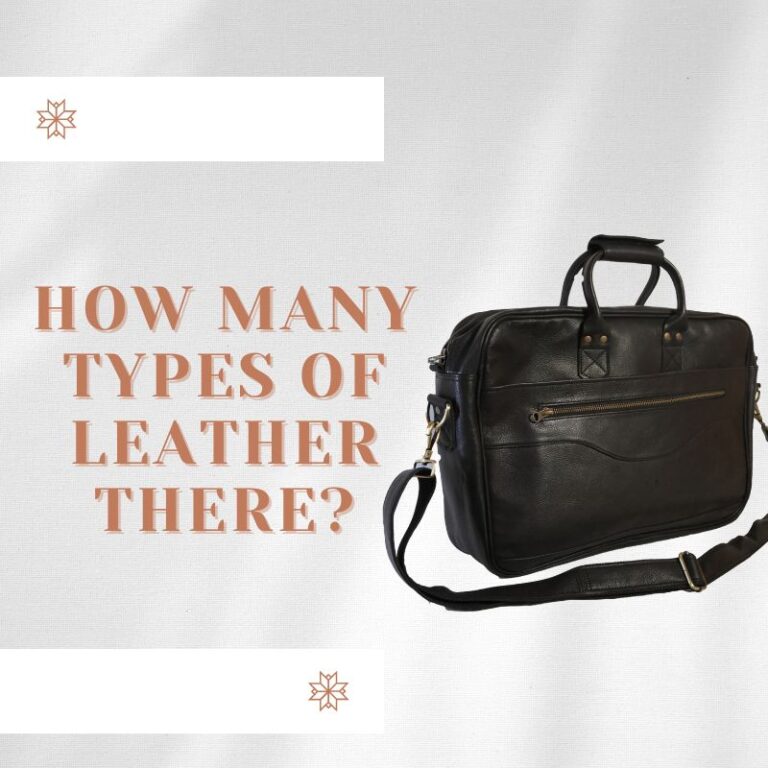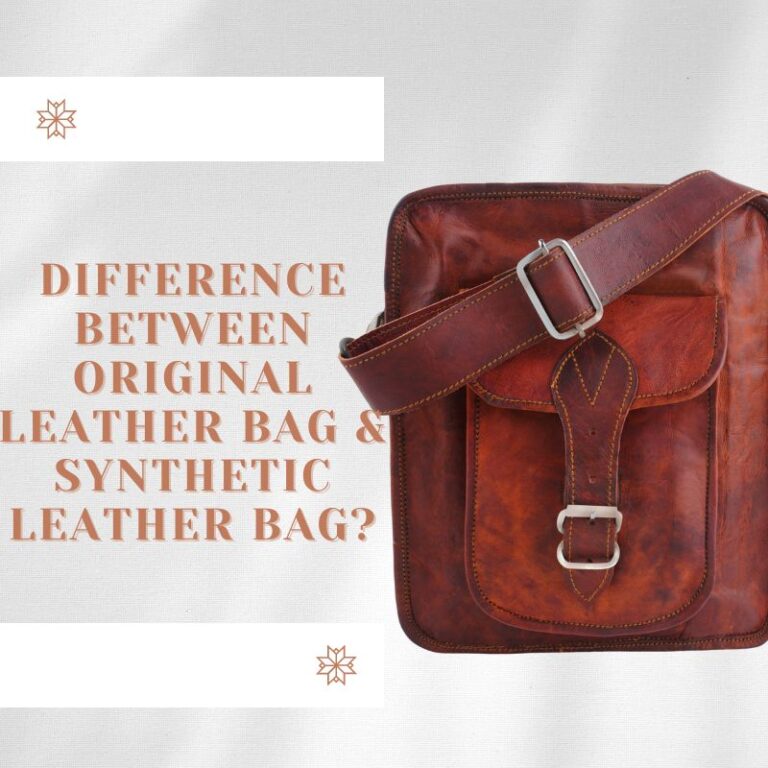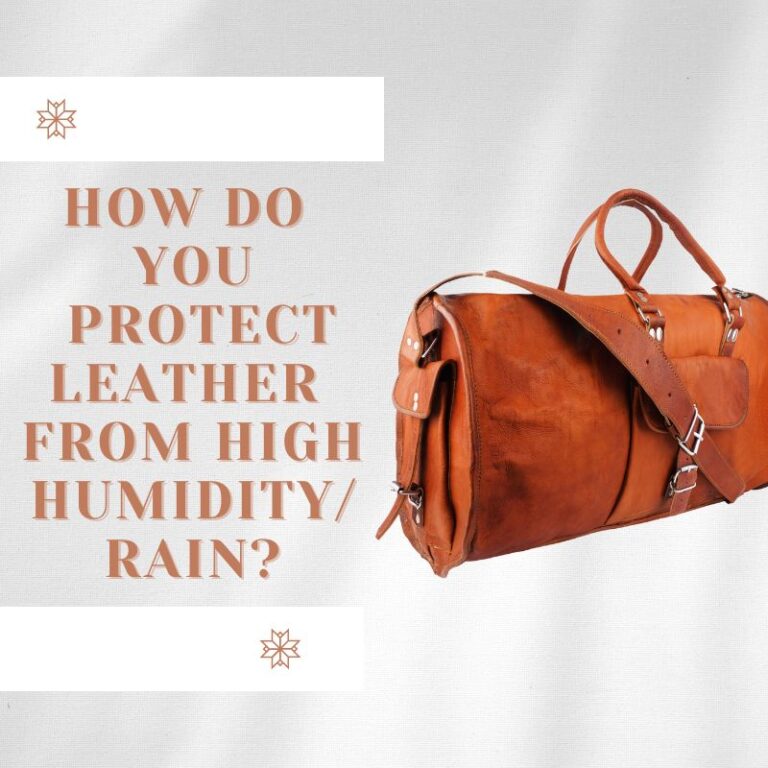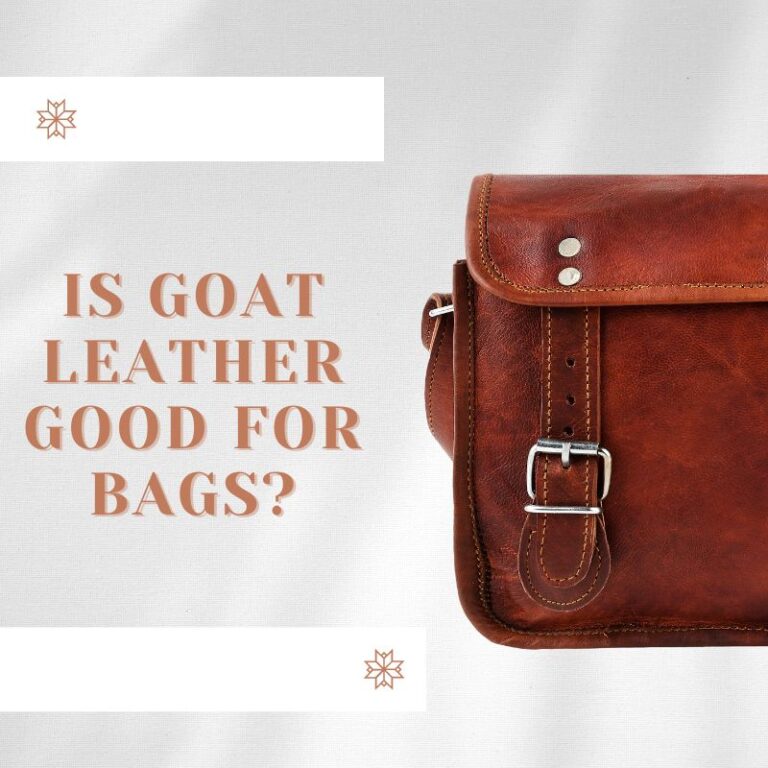Why are leather products used? Leather has been a trusted material for centuries due to its unmatched durability, luxurious appearance, and versatility across industries. From fashion accessories to automotive interiors, leather is highly valued for its strength, resistance to wear, and ability to improve with age. Leather products stand the test of time, offering long-term investment value while providing comfort, style, and protection against environmental elements. Additionally, leather’s eco-friendly qualities, including biodegradability and recyclability, make it a sustainable option, ensuring it remains a preferred choice for both consumers and manufacturers.
Why leather products are used?-
For Enduring Excellence: The Lasting Power of Leather
Exceptional Durability
Natural material known for strength and resistance to wear and tear.
Lasts for years or even decades with proper care.
Enhanced Over Time
Develops a patina that adds character and improves appearance.
More resistant to damage compared to synthetic materials.
High Tensile Strength
Can withstand heavy weights and stress without tearing or breaking.
Resistant to Elements
Stands up to water, fire, and heat.
Ideal for products needing protection from the elements.
Ages Well
Becomes softer and more comfortable over time.
Investment Value
Higher initial cost but offers better long-term value.
Excellent choice for consumers valuing quality and longevity.
For Luxurious Look and Feel: The High-Quality of Leather
Unique Texture and Look
Natural material with distinctive texture, grain, and color.
Difficult to replicate with synthetic materials.
Association with Luxury
Adds elegance to any product (jackets, shoes, bags, furniture).
Timeless appeal that transcends fashion trends.
Versatility
Available in various textures, finishes, and colors.
Options range from smooth patent leather to rugged distressed leather.
Craftsmanship
Often handcrafted by skilled artisans.
High attention to detail adds to the luxurious feel.
Desirability
Highly sought after by consumers who value quality and style.
Excellent investment for adding a touch of luxury to wardrobe or home décor.
For Rugged Durability: Leather’s Toughness and Resilience
Durability
Withstands heavy use, ideal for daily wear and tear.
Resistant to scratches, punctures, and other damage.
Retains original appearance, resistant to fading and discoloration.
Environmental Resistance
Suitable for harsh environments (mud, water, environmental hazards).
Often used in work boots and outdoor gear.
Resistant to fire and heat, ideal for extreme temperatures.
Comfort and Adaptability
Breathable and adapts to different environments.
Regulates temperature and moisture, suitable for various weather conditions.
Overall Benefits
Leather’s durability makes it a long-lasting investment.
Ideal for consumers needing products that withstand heavy use and harsh conditions.
For Comfort and Adaptability of Leather
Comfort and Fit
Adjusts to body temperature, comfortable for long periods.
Flexible, conforms to the body’s shape for a perfect fit.
Breathability
Allows air to pass through, preventing sweat and odors.
Ideal for hot and humid environments.
Regulates temperature, keeping you cool in warm weather and warm in cold weather.
Versatility in Manufacturing
Can be molded into different shapes and forms.
Perfect for products like shoes, bags, and jackets.
Overall Benefits
Leather’s breathable and flexible nature makes it a top choice for comfort and fit.
Ideal for various climates and adaptable for multiple products.
For Versatile Applications Across Industries
Fashion Industry
Used for shoes, bags, belts, and jackets.
Unique texture, grain, and color give a distinctive look and feel.
Durable and flexible, ideal for products that endure heavy use.
Automotive Industry
Used for car interiors like seats, steering wheels, and dashboards.
Resistant to wear and tear, withstands harsh environments.
Adds luxury and aesthetic value to cars.
Furniture Industry
Used for sofas, chairs, and ottomans.
Durable, flexible, and has a luxurious appearance.
Comfortable, regulates temperature and moisture.
Sports Equipment
Used for baseball gloves, footballs, and boxing gloves.
Durable and flexible, perfect for heavy use.
Overall Benefits
Leather’s versatility makes it a valuable commodity across multiple industries.
Its unique characteristics and durability make it a preferred choice for manufacturers.
Adds luxury, comfort, and aesthetic value to products.
For Eco-Friendly Benefits of Leather
Benefits of Leather Manufacturing
Biodegradable
Leather is a natural material that breaks down naturally over time.
This makes it more environmentally friendly compared to synthetic materials, which can take hundreds of years to decompose.
Recyclable
Old leather products can be recycled and repurposed into new items.
Recycling leather reduces waste and supports sustainable practices.
Eco-friendly Tanning
Modern tanning methods have become more environmentally friendly.
Many tanneries use natural dyes and reduce water consumption.
This leads to the production of more sustainable and eco-friendly leather.
Overall Advantages
Leather’s biodegradable and recyclable nature makes it a greener choice than synthetic alternatives.
Eco-friendly tanning practices further enhance leather’s sustainability.
Why leather products are used? Leather products are favored for their exceptional durability, luxury, and versatility. With the ability to withstand wear and tear, leather offers a long-lasting investment for consumers. Its natural texture and high-quality appearance make it desirable in fashion, automotive, and furniture industries. Leather’s ability to age well, resist environmental elements, and provide comfort over time further enhances its appeal. Additionally, the eco-friendly aspects, such as biodegradability and recycling, position leather as a sustainable choice, ensuring its continued relevance across various applications.
